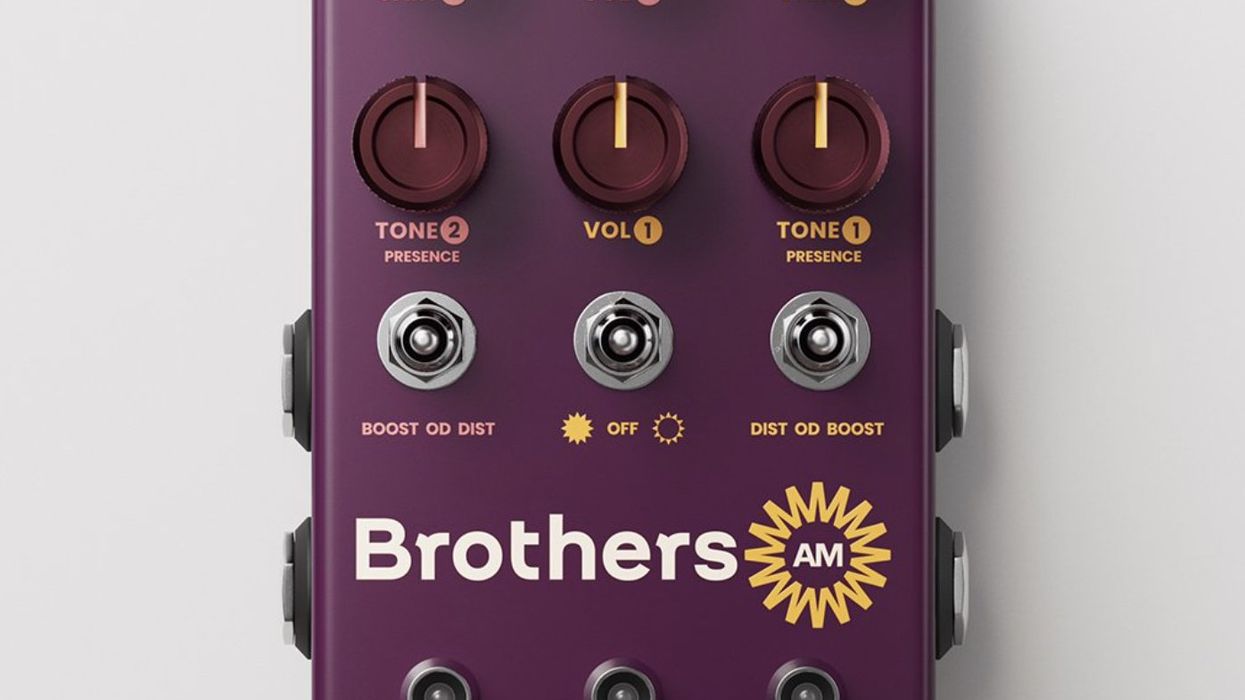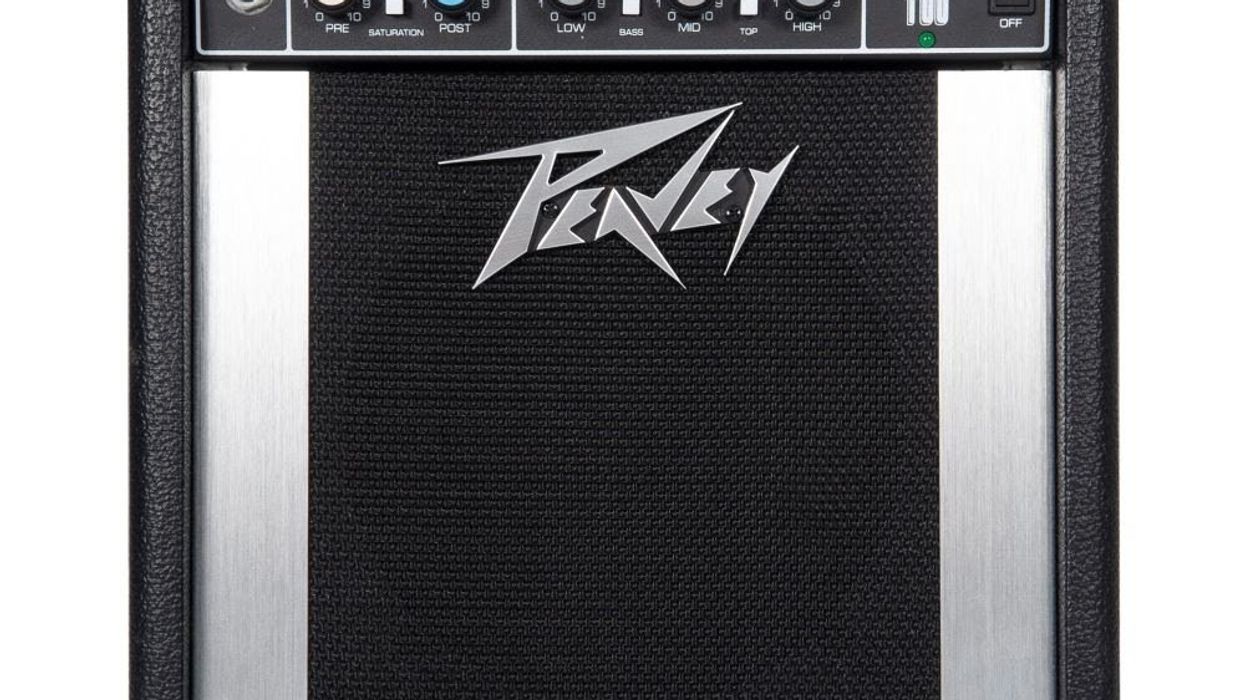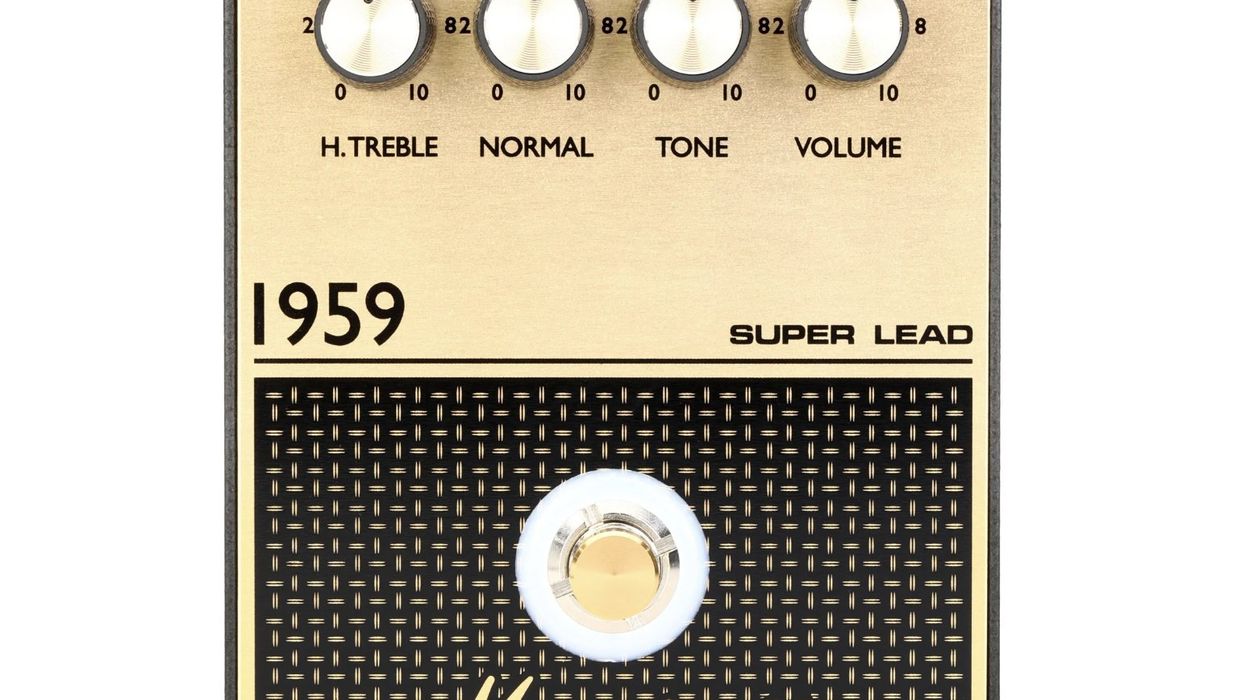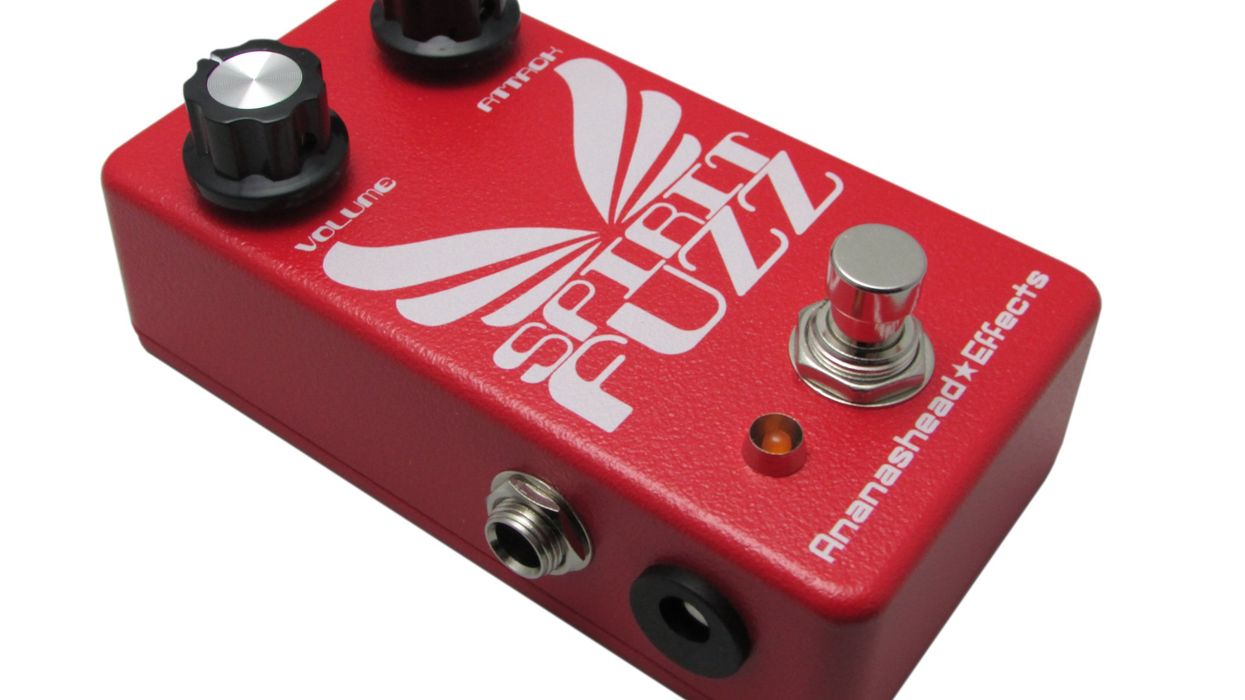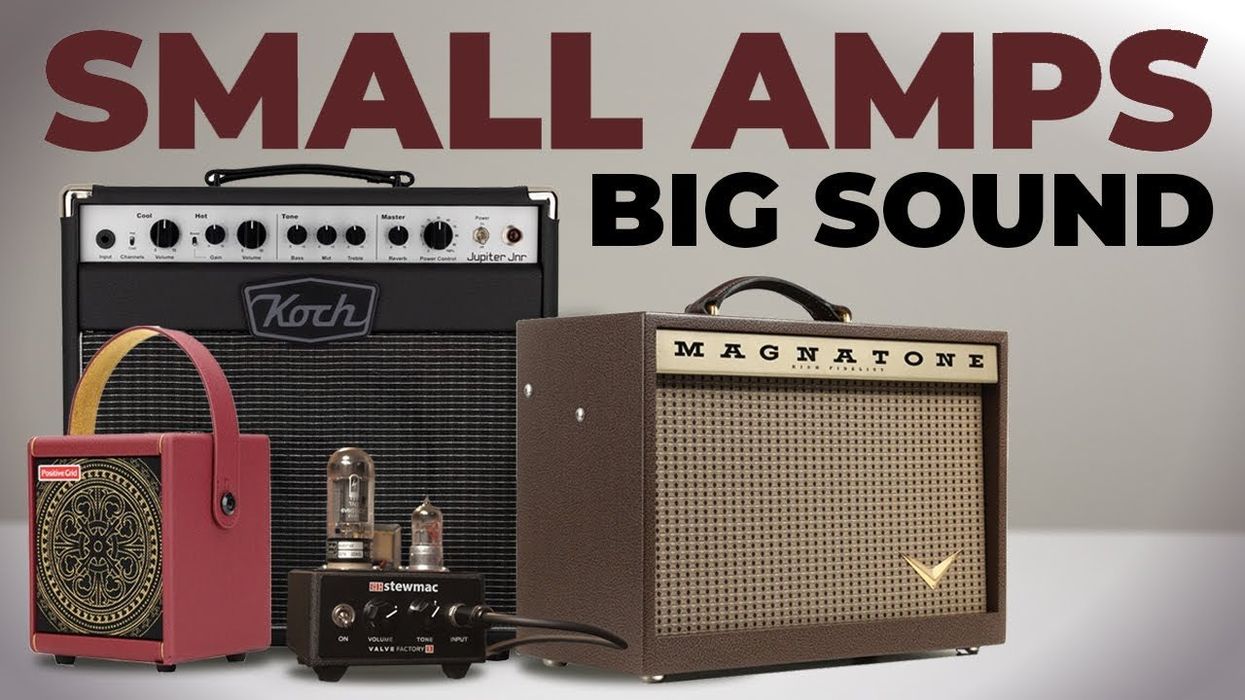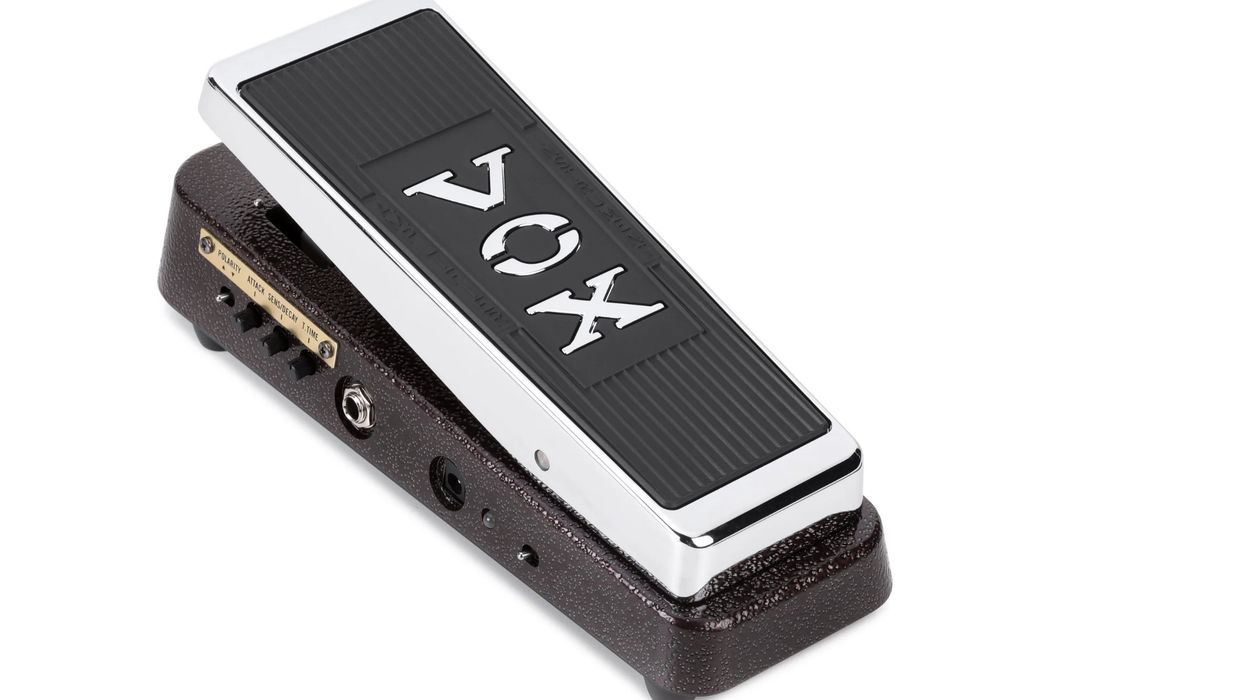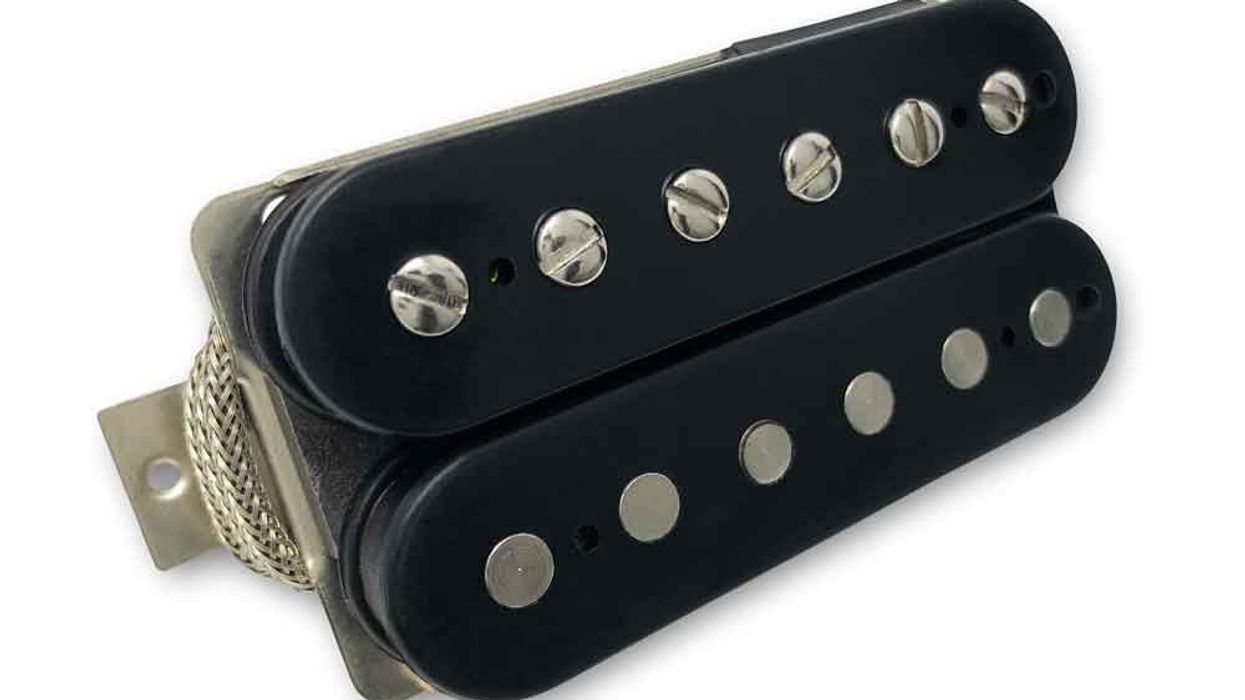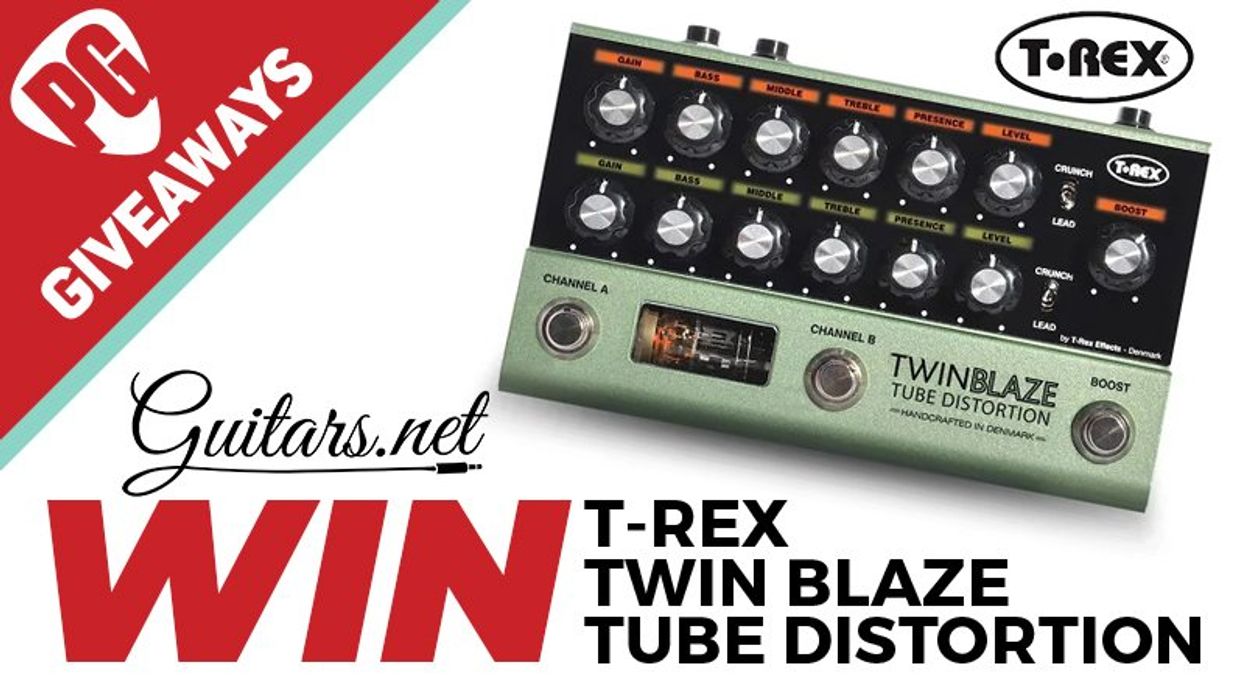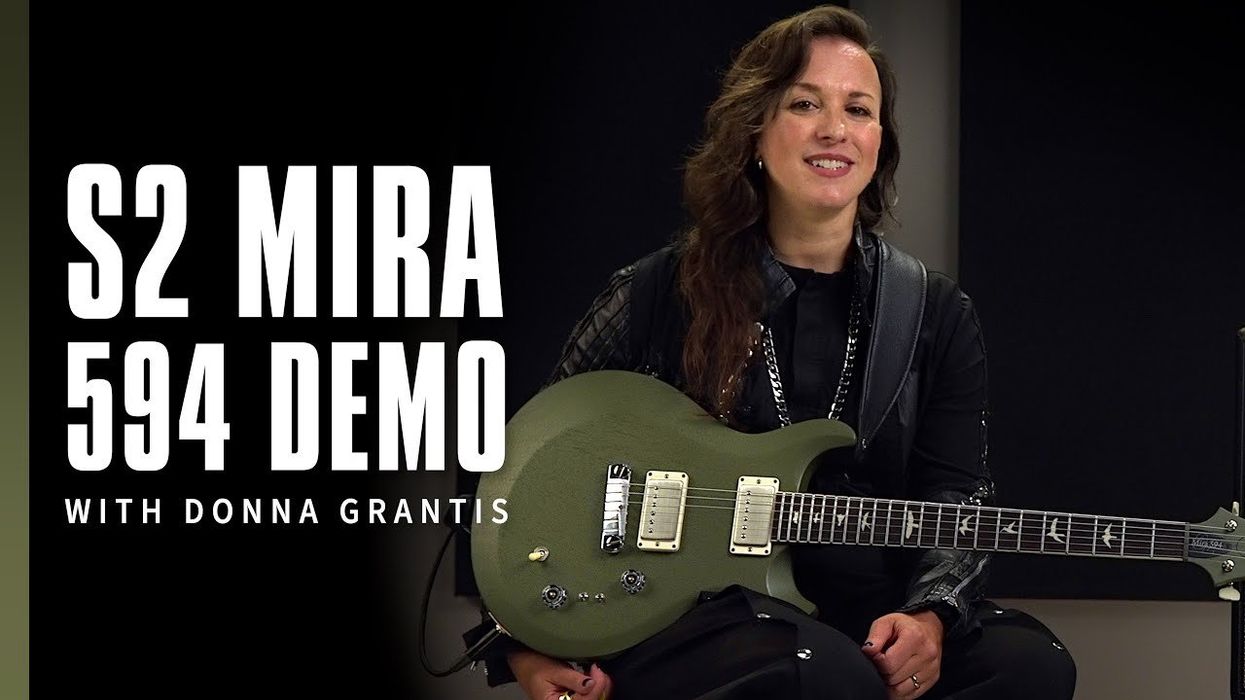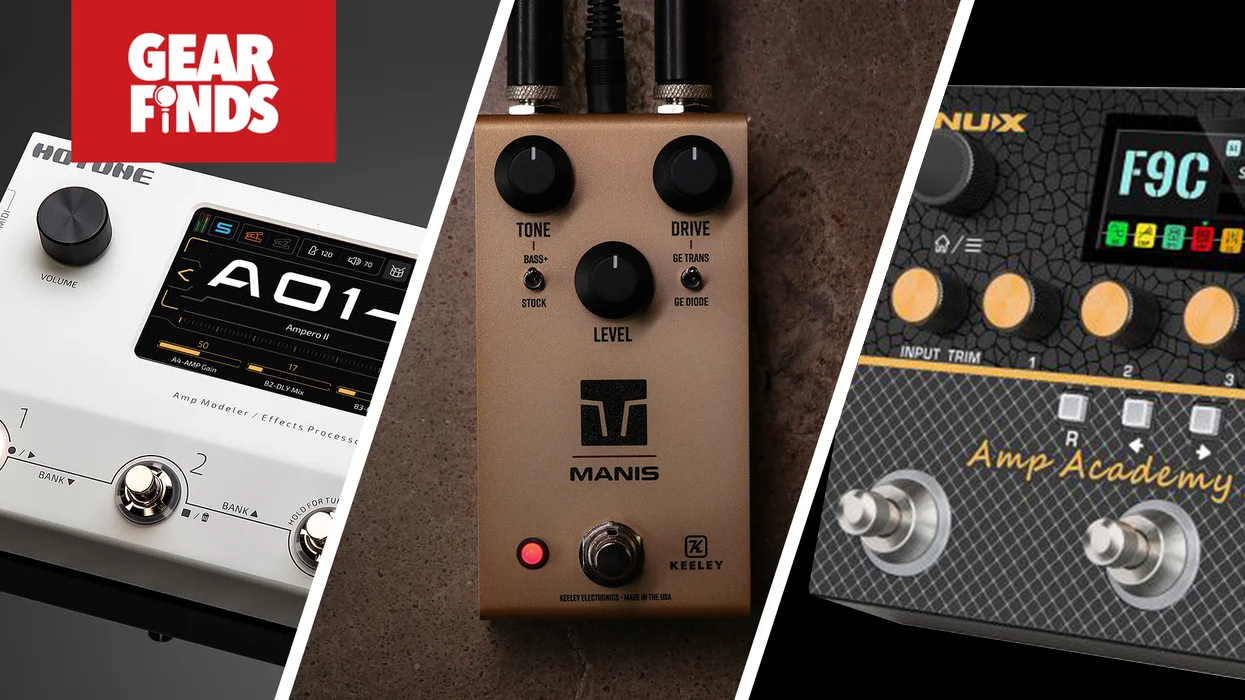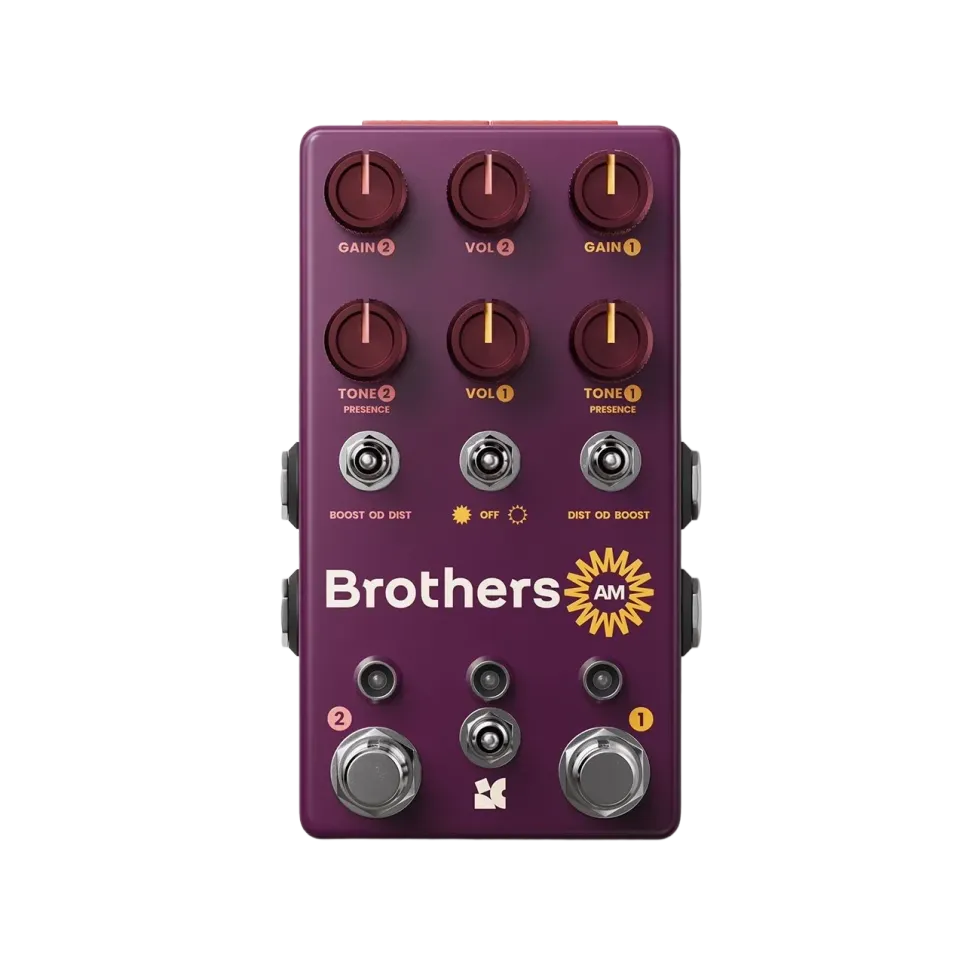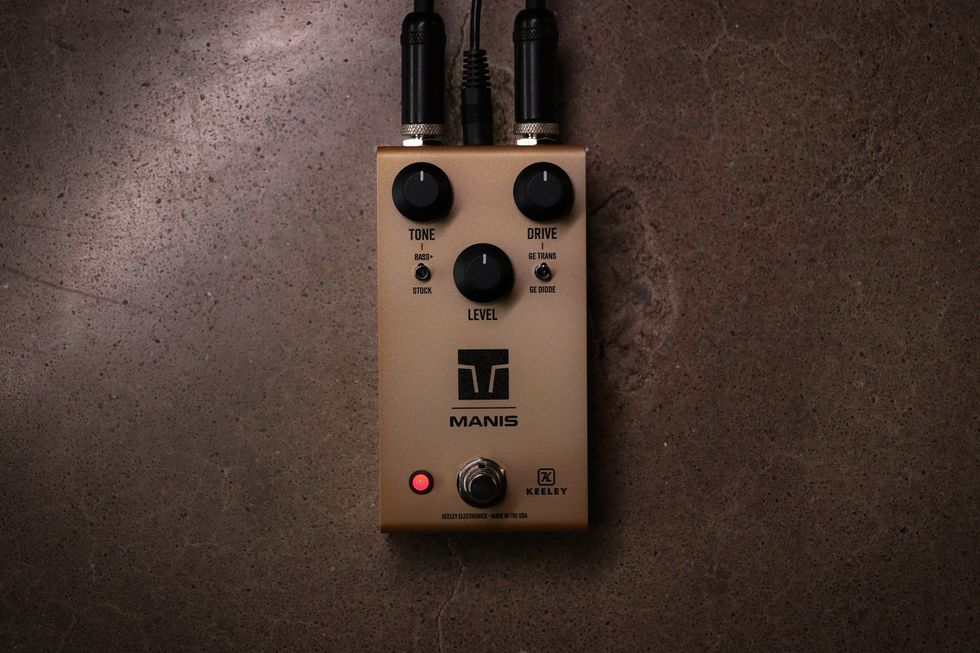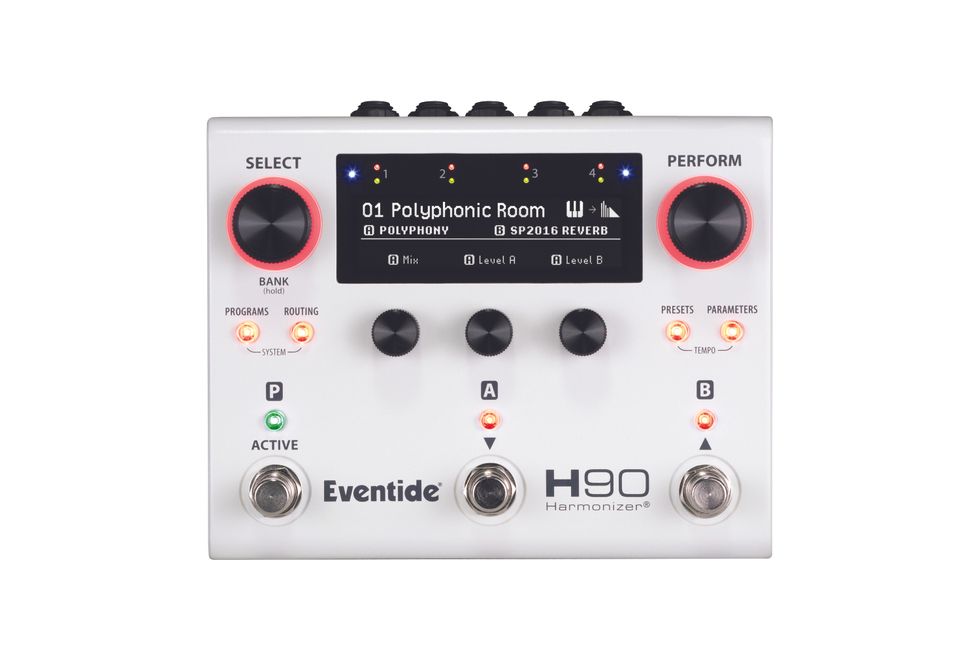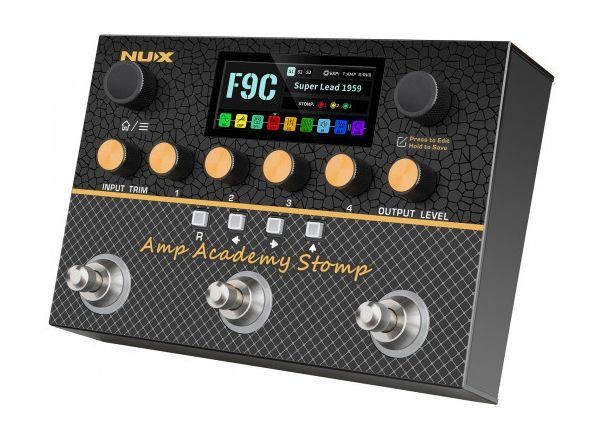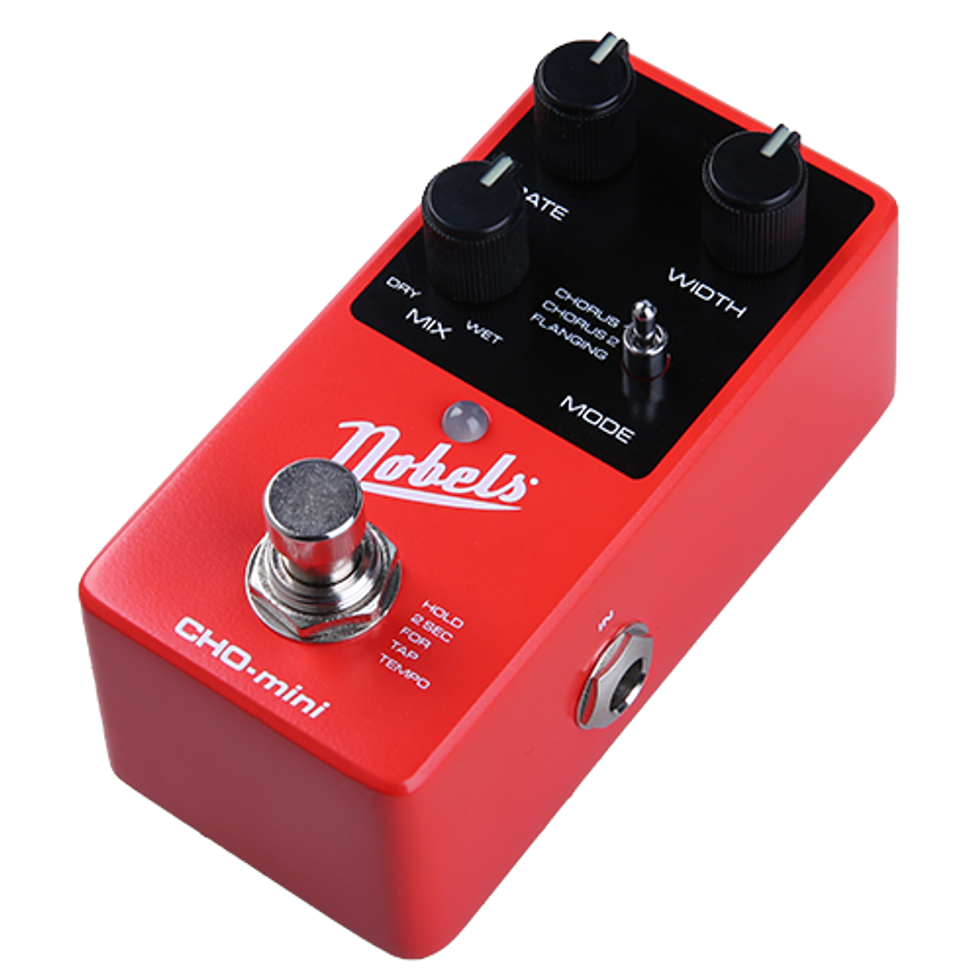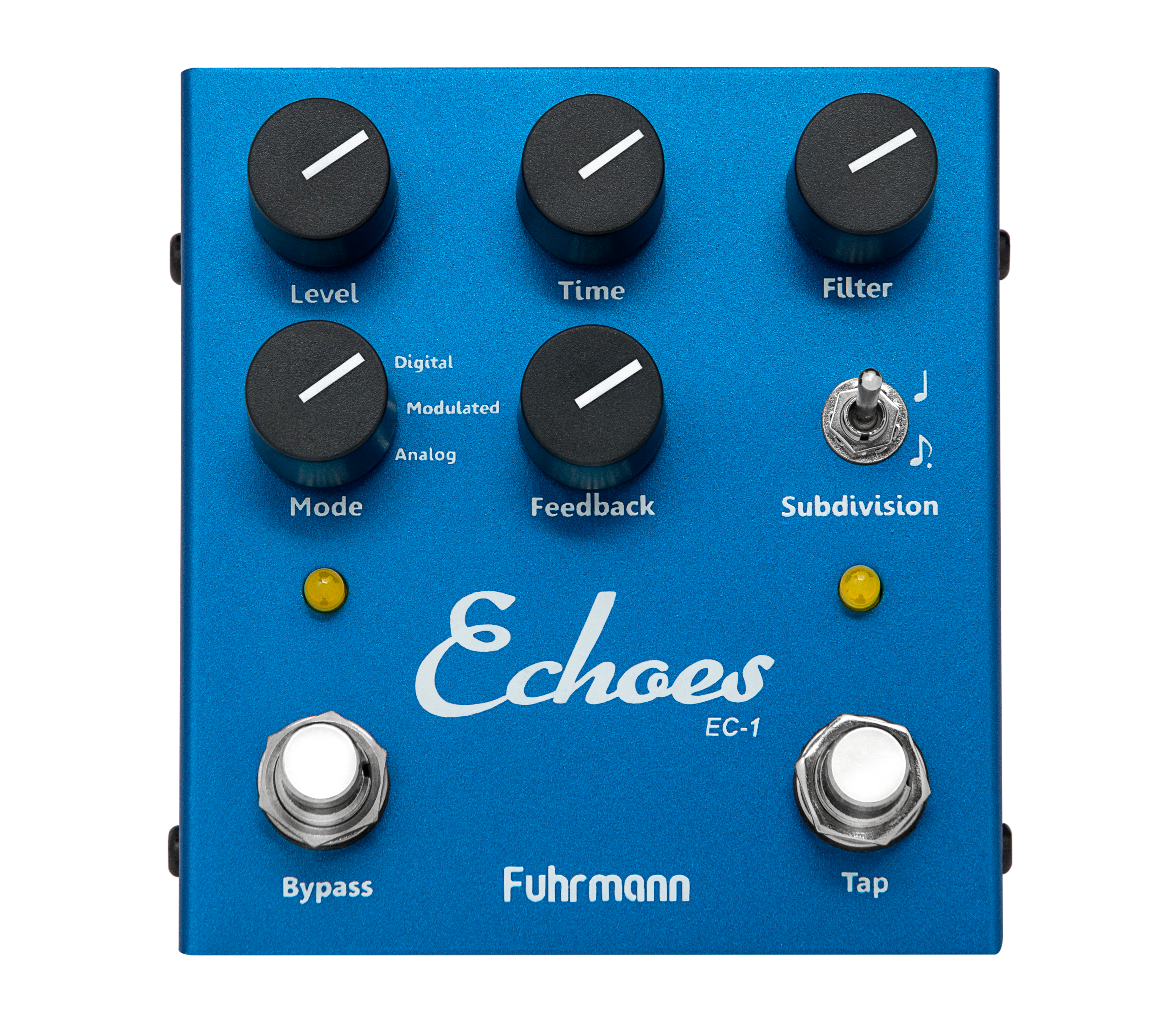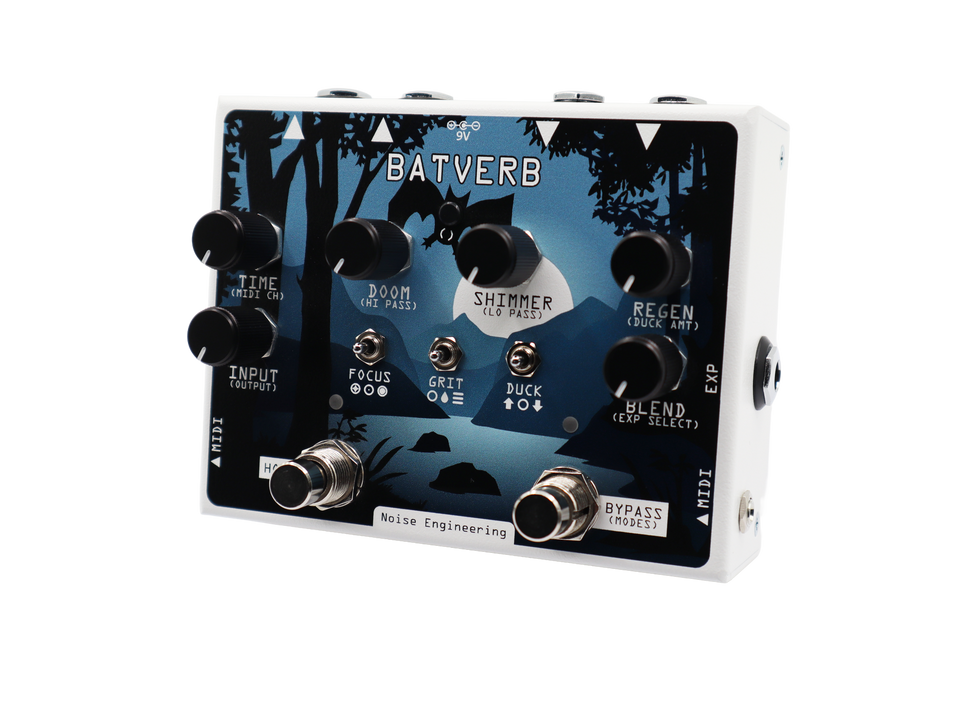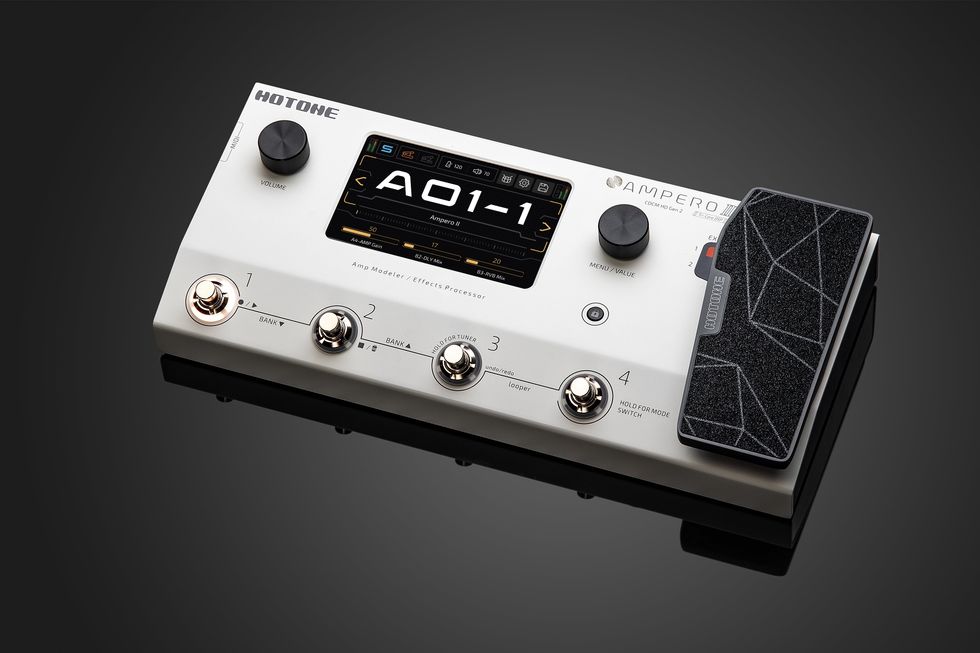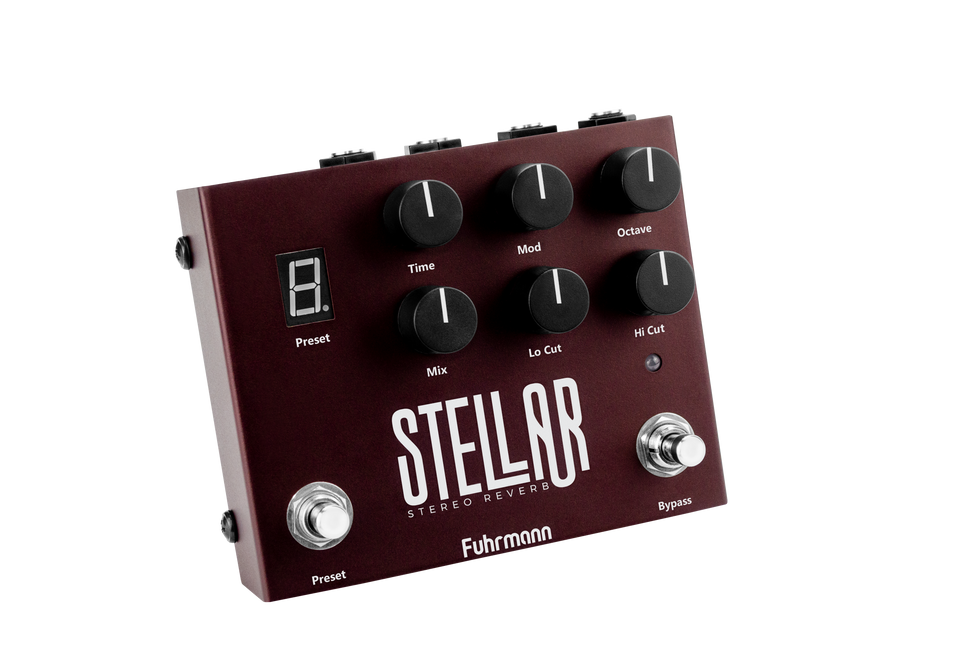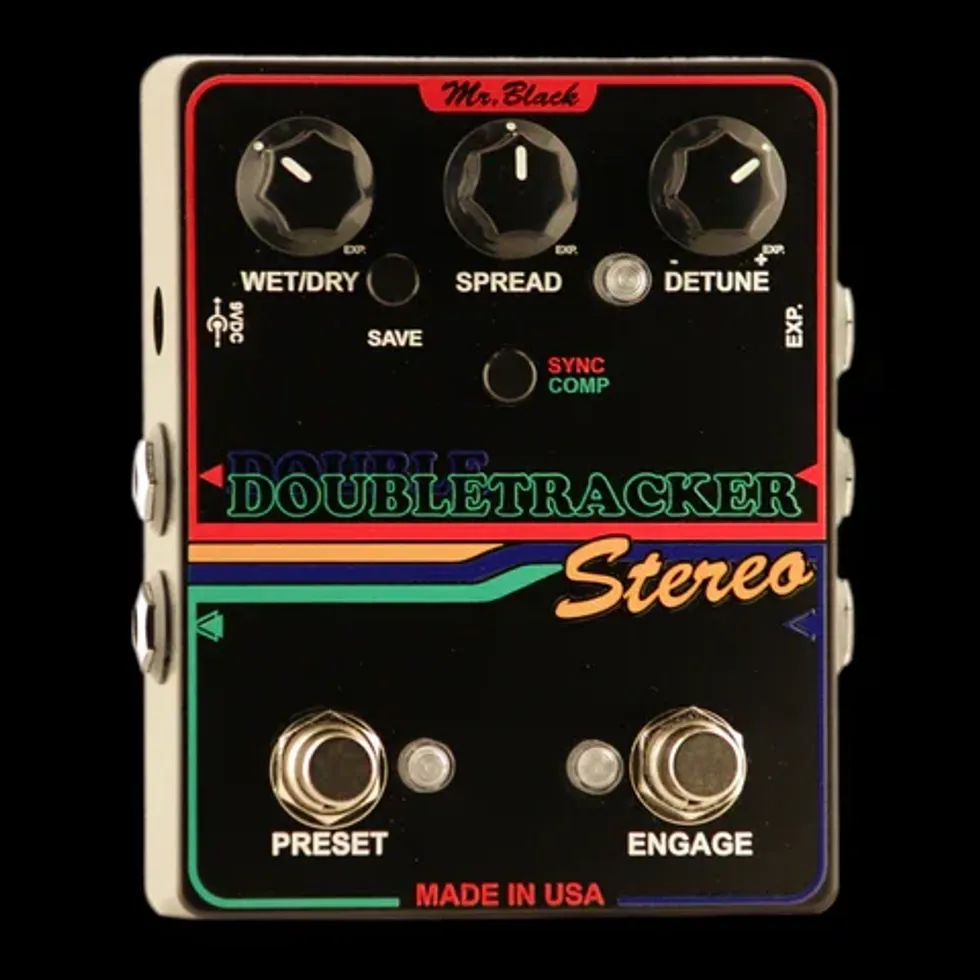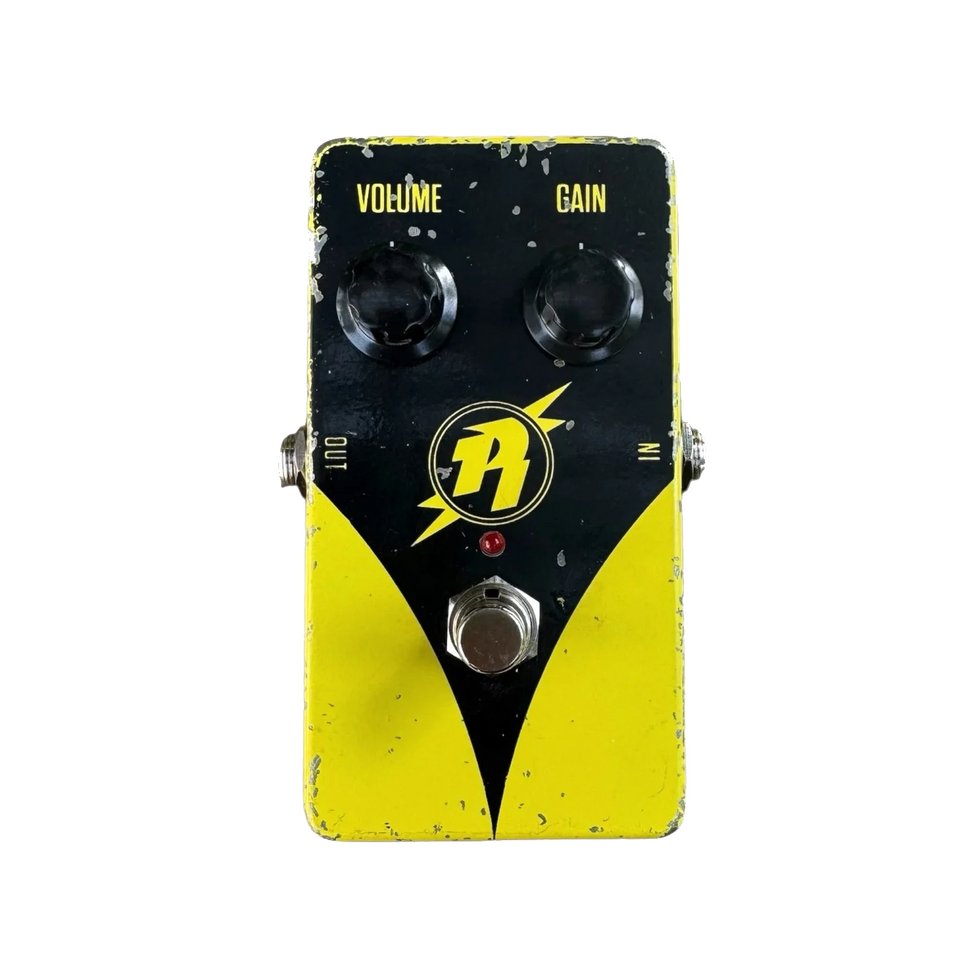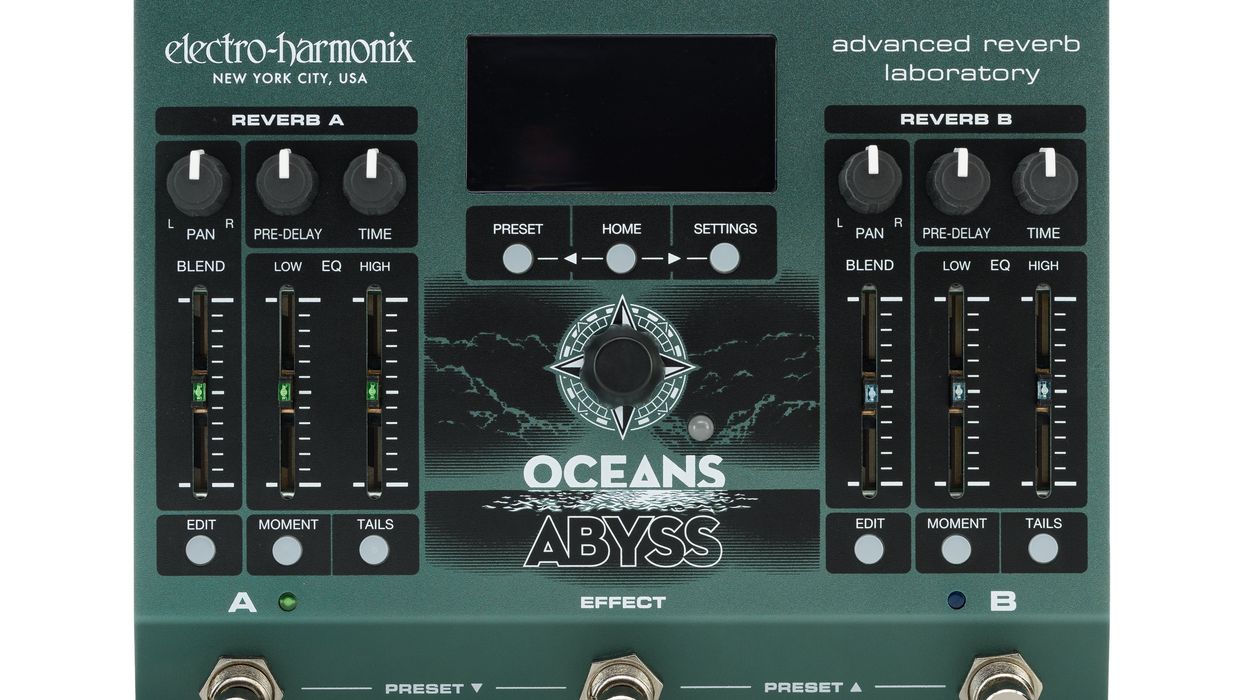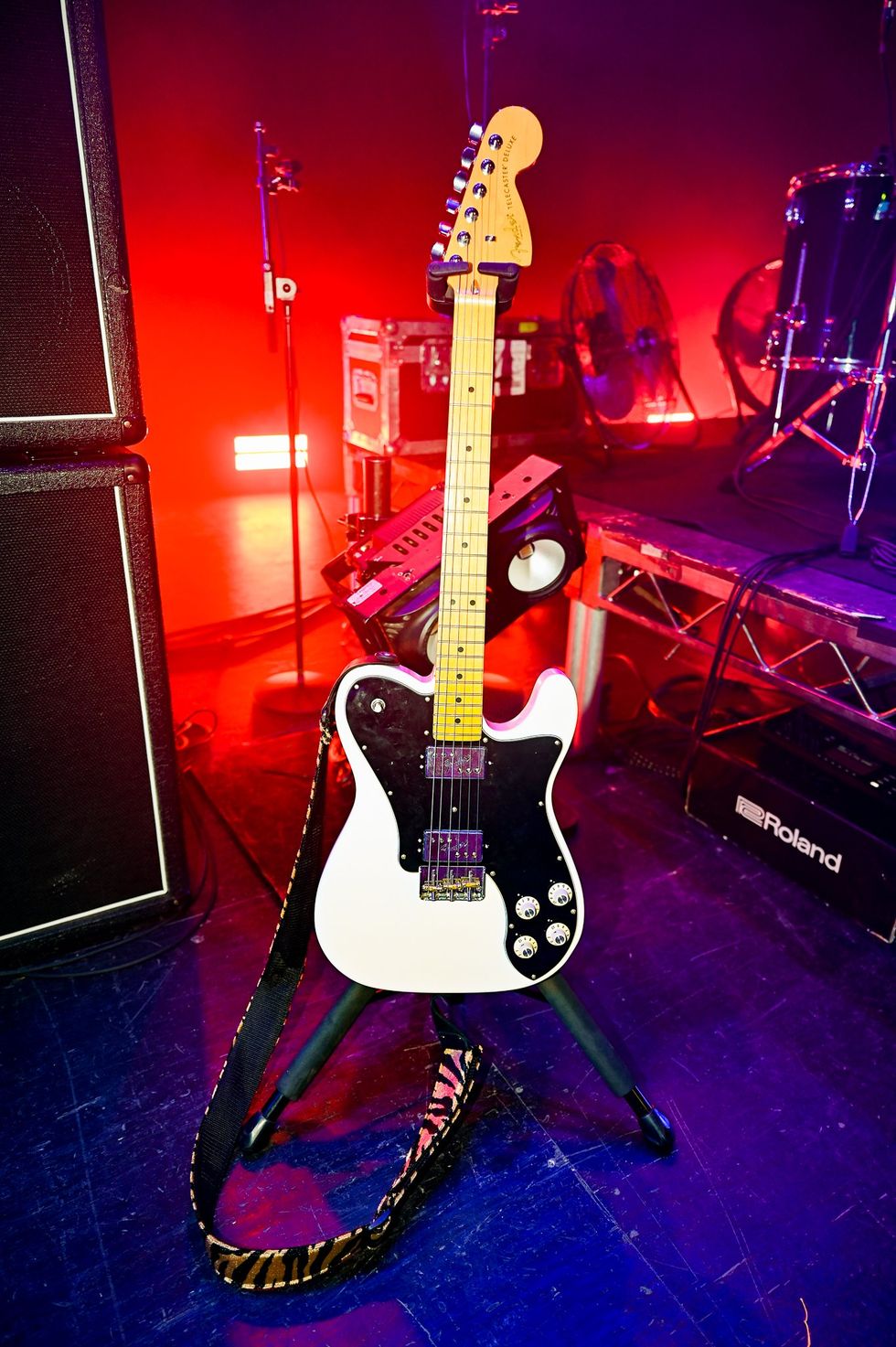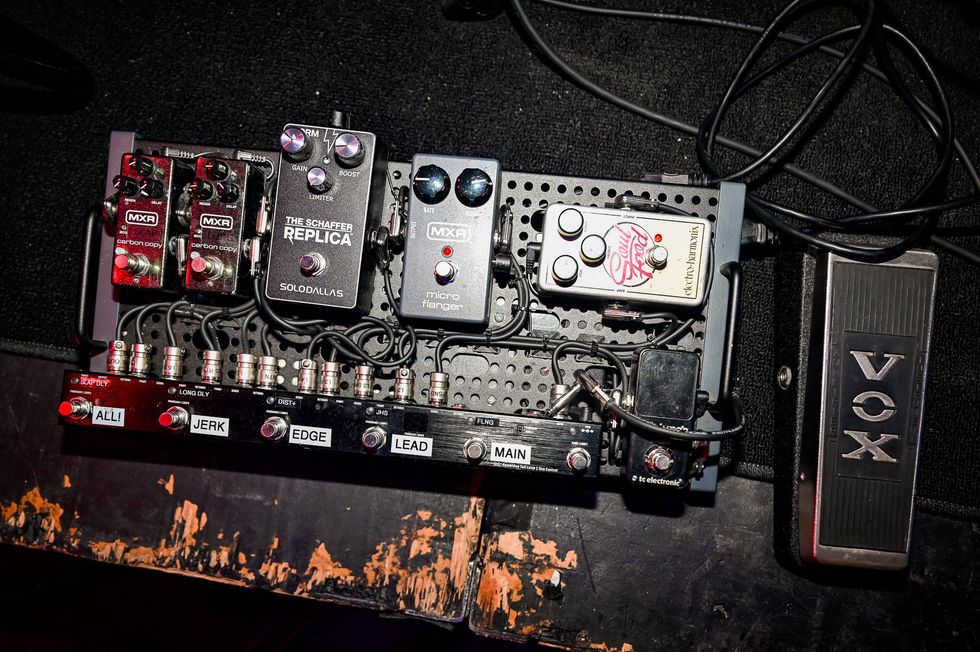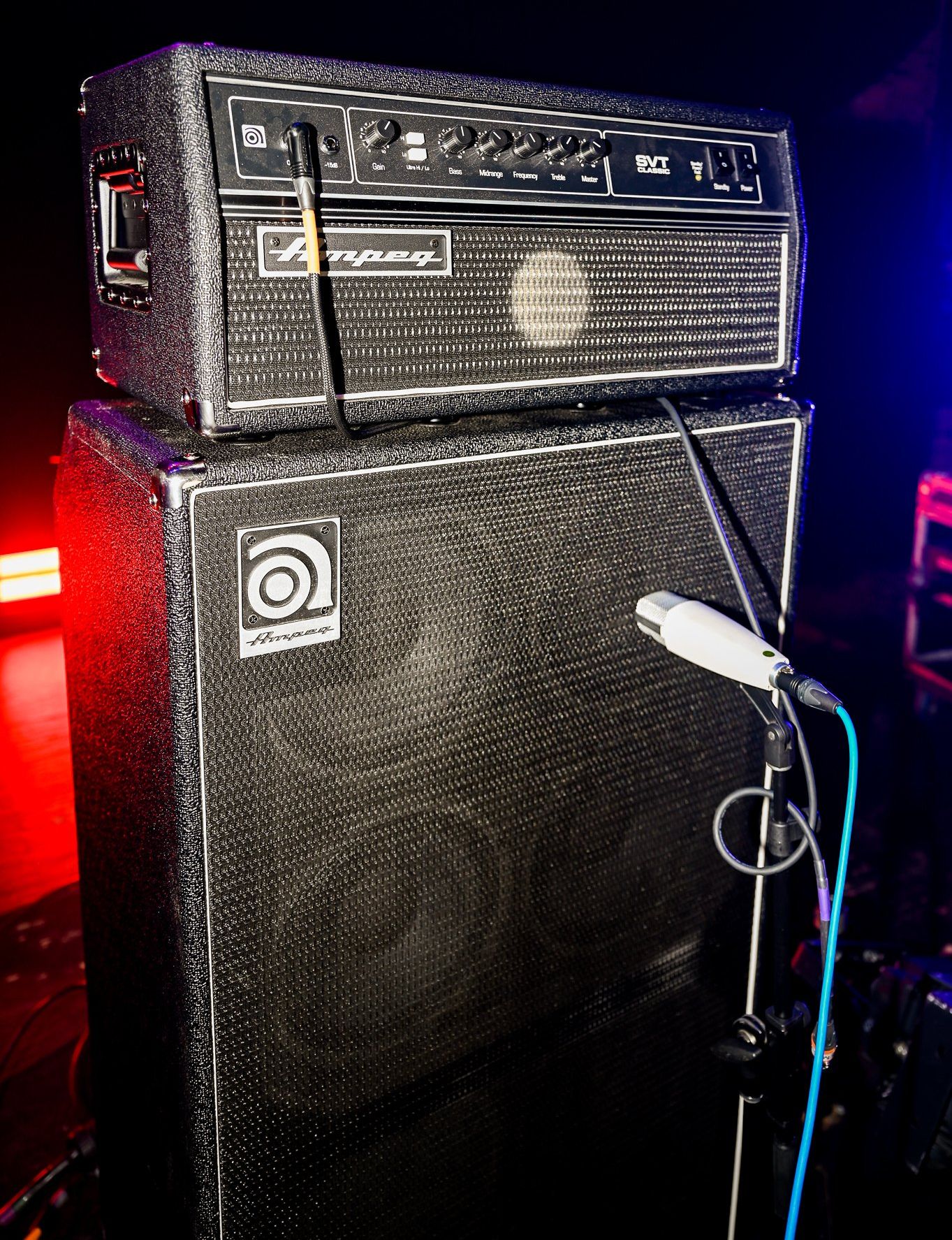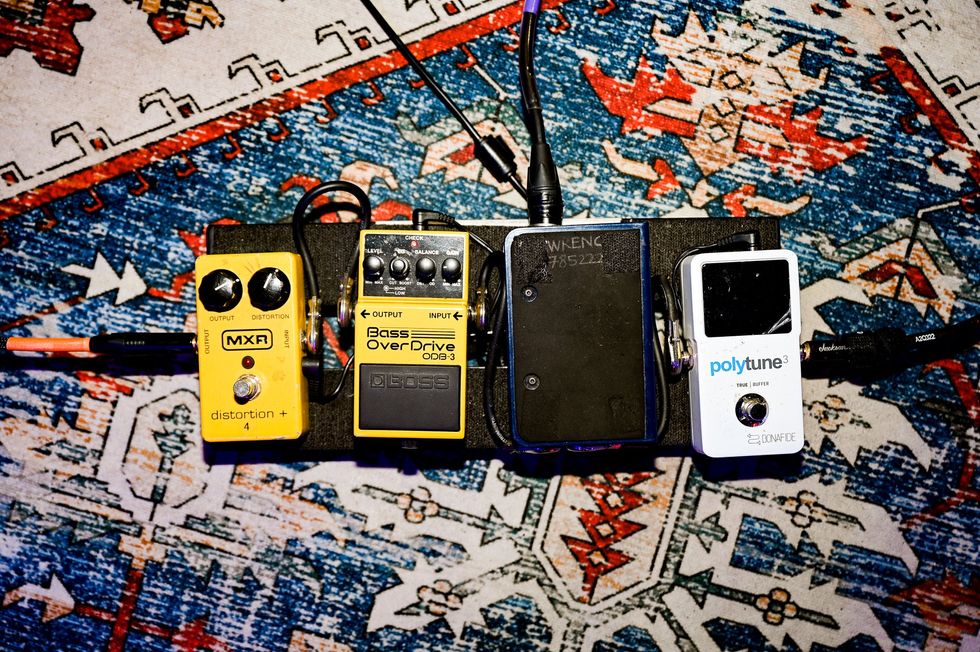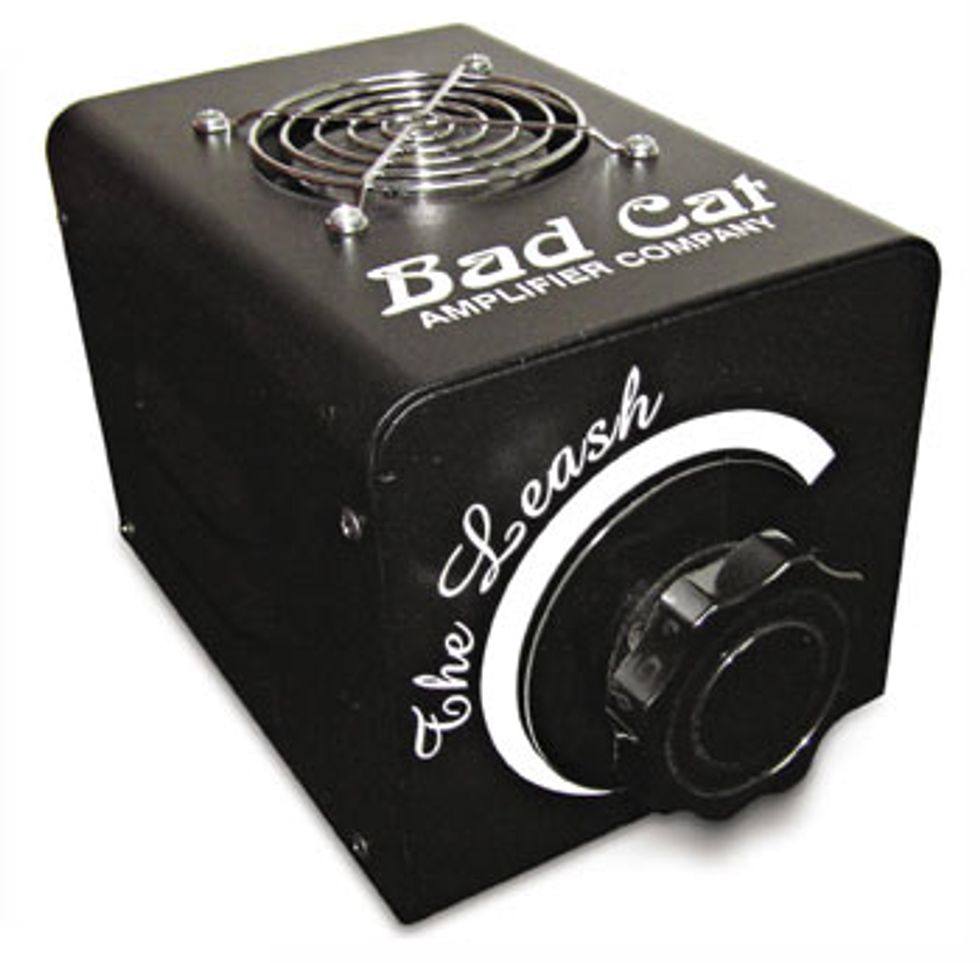 Over the years, the problem of reducing the volume while still overdriving large tube amps has resulted in the development of devices designed to tame an amp’s bite. And while modern attenuators have evolved, the basic concept has remained the same: place something between the amplifier and the speaker that can absorb the power and release some of the energy as heat to reduce excessive volume.
Over the years, the problem of reducing the volume while still overdriving large tube amps has resulted in the development of devices designed to tame an amp’s bite. And while modern attenuators have evolved, the basic concept has remained the same: place something between the amplifier and the speaker that can absorb the power and release some of the energy as heat to reduce excessive volume. At first, the answer seemed easy. Use a coil of wire (or a load-resistor) which is capable of withstanding the amp’s power and split the signal between that and the speaker. This was known as a resistive load. A number of units were produced that could accomplish this goal, but there were still obstacles that needed to be dealt with. Because the impedance of the speaker was constantly changing as it moved, users had to deal with blown output transformers on a regular basis. Sensitivity, feel and tonality also suffered with these types of units because of the nature of the load. Older readers will remember when Marshall amplifiers came with a white tag stating, “Warranty void if used with attenuation devices.”
Recent years have seen attenuators grow up, and most now feature a reactive load, which is much safer for amps and their delicate electronics. Bad Cat’s Leash is the newest addition to the volume reduction club. Most of us are already familiar with Bad Cat, makers of some damn nice amplifiers in a variety of power ranges, but how would they do when it came to turning the volume down?
Leash Law
The unit I received for testing was a compact black box. The back panel houses most of the action, featuring an impedance selector, two cabinet output jacks, an amp-in jack and an in/out switch for bypassing the unit. The front panel control is nice and simple - there''s one large knob used to control the degree of attenuation. For my Leash tests, I selected three different amps: a Fuchs Frost 100, a 1969 Marshall Super Lead 100 and a Top Hat head with a 1x12 cabinet. For the guitars, I kept it straightforward, plugging in a Les Paul Custom and a Strat.
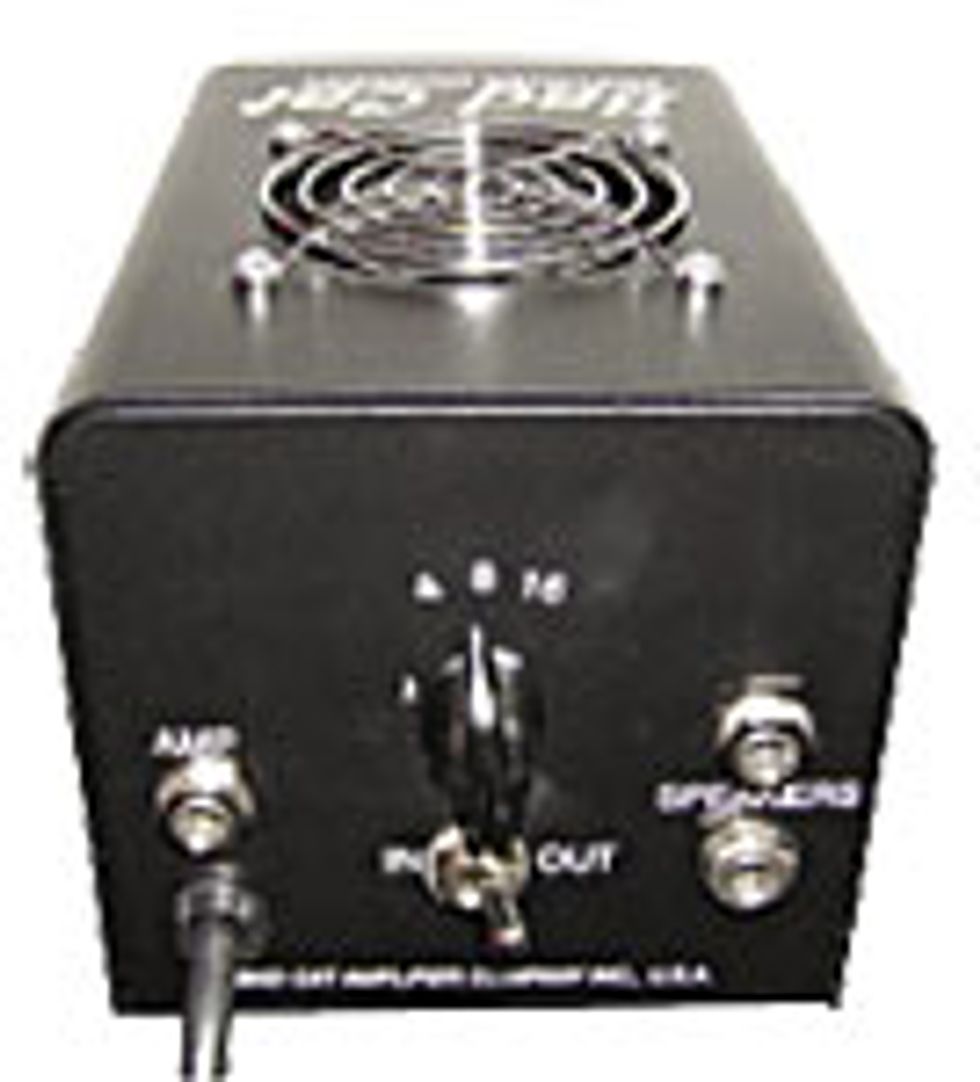 | "The idea of an impedance selector is a great one, as many people do not want to buy a separate unit to accommodate different situations. The provided fan is a good feature [also]..." |
I kicked it all off with the Fuchs, a very loud amp that must be pushed hard to achieve what it’s capable of – a perfect candidate for The Leash. Using the Les Paul and turning up the gain to nearly full with the attenuator bypassed, I dialed in the amp’s controls to a desirable tone – which ended up being remarkably flat (all knobs around noon). Once I engaged The Leash, the attenuation level was as loud as it could be set to judge the difference between the straight sound and the slightly attenuated sound. The result was just a bit lower in overall loudness, without any tonal change. As I turned the knob down and increased the level of attenuation, I didn’t experience any further tone change until I arrived at the lowest points of the dial. Only when the unit was almost off did I experience a significant change, meaning this unit has a very usable range.
When plugging into the Marshall, the response was more of the same – nice and aggressive down to the end, with all of the high-end pick harmonics still present. At all points, the low-end remained tight. Adjusting the Top Hat for a clean, barely breaking up tone with a Strat, The Leash once again performed admirably; because it was a low-wattage amp, I didn’t feel the need to go all the way down to zero. I was able to keep a Texas blues sound intact all the way to the lower volume levels and the addition of a Tube Screamer really made it come alive.
In the process of playing with The Leash, it became apparent that it is a well-constructed unit that will last a long time if properly cared for. Tonally, it compares very favorably with other models currently on the market, and due to the unit’s thoughtful design, it doesn’t need the high and low switches found on some units. The idea of an impedance selector is a great one, as many people do not want to buy a separate unit to accommodate different situations. The provided fan is a good feature, although I would like to see an on/off switch for studio use. Another nice feature would have been a Line Out, as some players like to use these devices as dummy loads for threeway guitar systems (one dry, two wet).
The Final Mojo
All in all, The Leash from Bad Cat is a great piece of gear. It does what it is advertised to do and it does it well, preserving your tone while wrangling your volume levels. The Leash sounds excellent and could be an extremely valuable tool when used for its intended purpose.
Buy if...
you''re looking to tame that large amp, or run your medium wattage amp at its optimal power range.
Skip if...
your trying to run high-power amps at true bedroom volume without tone change.
Rating...
MSRP $349 - Bad Cat Amplification - badcatamps.com |
Our expert has stated his case, now we want to hear yours. Log on and share your comments and ratings.
